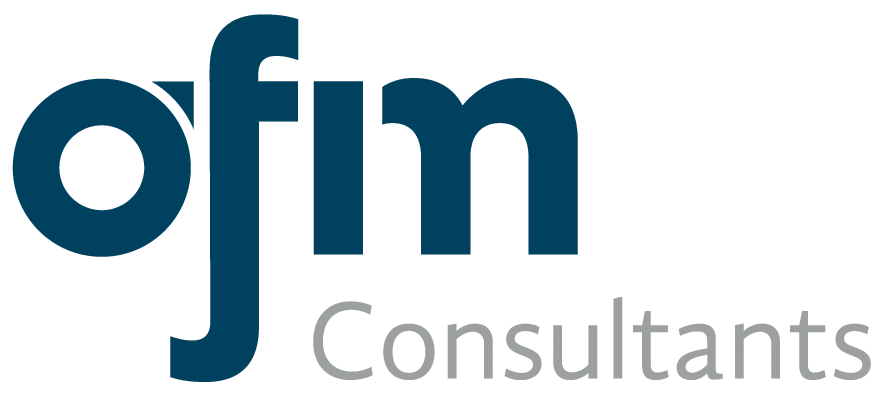MIXED-USE DEVELOPMENT
A view of Marina Bay Sands mixed-use development in Singapore. The integrated resort includes three hotel towers connected by a SkyPark, a mall with 93.000 sqm of retail space, a casino, a theatre, an expo & convention centre, an ArtScience museum and mass transit stations. Gardens at the Bay, with its two domes (Flower Dome & Cloud Forest) and SuperTree structures, are visible in the foreground. Singapore’s Financial District is visible in the background. (Image credit: Minoru K / Shutterstock)
Mixed-use schemes are an increasingly popular strategy for real estate development, especially as part of urban redevelopment initiatives, because they offer a mixture of land-uses and real estate types designed to complement each other and drive economic activity.
Early involvement of specialized participants, from co-investors to end-users, greatly improves a mixed-use scheme’s ability to fulfil local demand for property and services comprehensively.
We provide a full range of services to help our clients maximize asset value and realize mixed-use schemes of varying scale and complexity. We determine a site’s potential within and beyond conventional land-use, commit relevant stakeholders, develop possible solutions that fit our client’s investment objectives, and manage execution and delivery of those development schemes.
HOUSING SOLUTIONS
We offer extensive housing sector expertise to help our clients align their product offering with continuously changing urban growth dynamics, lifestyle requirements, and investment trends. We also assist clients wishing to capitalize on housing opportunities beyond their traditional geographic area or sector expertise.
We provide tailored housing solutions that allow our clients to service the full spectrum of housing demand. These include ownership, lease, and tenancy models designed to accommodate the housing requirements of various income-groups.
Special care is given to improving access to housing for lower income-groups in partnership with public sector organizations and specialized residential operators.
Social impact investments are an emerging alternative asset class that seek to generate market-rate financial returns by addressing urban social challenges.
Multipurpose public spaces and real estate as service are examples of popular tools that help private sector investors achieve this aim, often in partnership with public sector service providers. In addition to improved local urban inclusivity, a key advantage is the inherent economic resilience of social impact services due to their limited exposure to conventional economic cycles.
Our approach targets sectors within the urban domain that can sustain long-term value growth. We utilize integrated business advisory skills, public sector knowledge, and real estate market expertise to translate social challenges into viable real estate service solutions. Examples of these projects include assisted living solutions that are tailored to fulfil ambient, medical, mental, or socio-economic care requirements.
TRANSIT ORIENTED DEVELOPMENT
Transit Oriented Development is an integrated development approach that seeks to combine high density mixed-use development and urban mobility in order to facilitate sustainable urban population growth. TOD can be applied to urban expansion initiatives, such as greenfield developments, as well as urban redevelopment initiatives, such as brownfield developments.
A core principle of TOD involves maximizing development density and land-use within walking distance of public transport corridors and nodes for increased public transport effectiveness. Benefits of this approach include robust long-term appreciation of local real estate, higher economic diversity and mobility, better access to jobs and services, and growth in pedestrian traffic for local retail.
We believe early stage private sector involvement in public infrastructure investments and spatial planning policy development can multiply the benefits of TOD. To this end, we offer a dedicated service to pursue public-private partnerships for large urban (re)development initiatives and advise these partnerships on the creation, financing, and realization of comprehensive TOD solutions.
FEASIBILITY MANAGEMENT

We place great emphasis on managing a project’s feasibility to limit strategic, financial, and operational risk during the development lifecycle and ensure project delivery meets our clients’ envisioned outcome. For this purpose, we created a Feasibility Management Methodology that we apply to all our projects.
Our approach extends beyond conventional feasibility assessments typically performed to justify initial investment decisions. We address both hidden and deferred risk early on and use dedicated capacity within process and project management to monitor fundamental risk and key success parameters continuously.
The valuable data this method produces is used as input for enhanced strategic and tactical decision making during various stages of the development lifecycle, lowering the burden of risk, improving overall quality, and expediting operational progress.
practice areas
MIXED-USE DEVELOPMENT
Mixed-use schemes are an increasingly popular strategy for real estate development, especially as part of urban redevelopment initiatives, because they offer a mixture of land-uses and real estate types designed to complement each other and drive economic activity.
Early involvement of specialized participants, from co-investors to end-users, greatly improves a mixed-use scheme’s ability to fulfil local demand for property and services comprehensively.
We provide a full range of services to help our clients maximize asset value and realize mixed-use schemes of varying scale and complexity. We determine a site’s potential within and beyond conventional land-use, commit relevant stakeholders, develop possible solutions that fit our client’s investment objectives, and manage execution and delivery of those development schemes.
HOUSING SOLUTIONS
We offer extensive housing sector expertise to help our clients align their product offering with continuously changing urban growth dynamics, lifestyle requirements, and investment trends. We also assist clients wishing to capitalize on housing opportunities beyond their traditional geographic area or sector expertise.
We provide tailored housing solutions that allow our clients to service the full spectrum of housing demand. These include ownership, lease, and tenancy models designed to accommodate the housing requirements of various income-groups.
Special care is given to improving access to housing for lower income-groups in partnership with public sector organizations and specialized residential operators.
SOCIAL IMPACT INVESTMENTS
Social impact investments are an emerging alternative asset class that seek to generate market-rate financial returns by addressing urban social challenges.
Multipurpose public spaces and real estate as service are examples of popular tools that help private sector investors achieve this aim, often in partnership with public sector service providers. In addition to improved local urban inclusivity, a key advantage is the inherent economic resilience of social impact services due to their limited exposure to conventional economic cycles.
Our approach targets sectors within the urban domain that can sustain long-term value growth. We utilize integrated business advisory skills, public sector knowledge, and real estate market expertise to translate social challenges into viable real estate service solutions. Examples of these projects include assisted living solutions that are tailored to fulfil ambient, medical, mental, or socio-economic care requirements.
TRANSIT ORIENTED DEVELOPMENT
Transit Oriented Development is an integrated development approach that seeks to combine high density mixed-use development and urban mobility in order to facilitate sustainable urban population growth. TOD can be applied to urban expansion initiatives, such as greenfield developments, as well as urban redevelopment initiatives, such as brownfield developments.
A core principle of TOD involves maximizing development density and land-use within walking distance of public transport corridors and nodes for increased public transport effectiveness. Benefits of this approach include robust long-term appreciation of local real estate, higher economic diversity and mobility, better access to jobs and services, and growth in pedestrian traffic for local retail.
We believe early stage private sector involvement in public infrastructure investments and spatial planning policy development can multiply the benefits of TOD. To this end, we offer a dedicated service to pursue public-private partnerships for large urban (re)development initiatives and advise these partnerships on the creation, financing, and realization of comprehensive TOD solutions.
FEASIBILITY MANAGEMENT
We place great emphasis on managing a project’s feasibility to limit strategic, financial, and operational risk during the development lifecycle and ensure project delivery meets our clients’ envisioned outcome. For this purpose, we created a Feasibility Management Methodology that we apply to all our projects.
Our approach extends beyond conventional feasibility assessments typically performed to justify initial investment decisions. We address both hidden and deferred risk early on and use dedicated capacity within process and project management to monitor fundamental risk and key success parameters continuously.
The valuable data this method produces is used as input for enhanced strategic and tactical decision making during various stages of the development lifecycle, lowering the burden of risk, improving overall quality, and expediting operational progress.



SOCIAL IMPACT INVESTMENTS